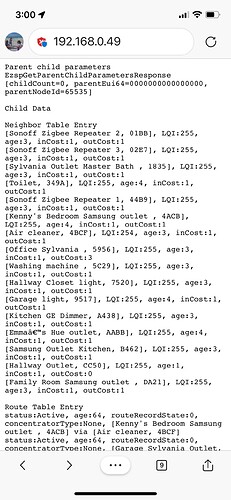I flashed them with the updated router firmware and they connected right away.
EDIT: Forgot to thank @aaiyar , so thank you @aaiyar 
EDIT 2: The routers seem to be working well, immediately taking the top 3 spots on the router page with the one closest to the hub (about 15 feet away) taking 5 devices right away on the route table. I used the firmware from the develop repo since it increases the output from 5 to 9dbm. I ended up using the TI software to update them after downloading the Silabs uart to usb driver from Windows update. They feel well put together.
I have paired 4 of the contact sensors so far. They seem to be working well, maybe a bit slower to respond than my Iris V2. I put a thin piece of cardboard on top of the battery to keep it from losing contact since the ground holding it doesn’t really accomplish this. For around $7 each I’m not complaining.
EDIT 3: The repeaters and contact sensors have been perfect so far. No devices have dropped and I’m thinking of adding a couple of my Hue dimmers back to HE to see how they do.
8 days later and this is what my route table looks like:


